The Ultimate Guide to Custom DTF Printing for High-Quality Transfers
Introduction
Custom printing has transformed the way businesses and individuals create personalized apparel and merchandise. One of the most versatile and efficient printing methods today is custom DTF printing. Known for its vibrant colors, durability, and adaptability, this method allows for creating detailed designs on various fabrics with ease.
In this guide, we’ll explore the benefits, applications, and best practices for custom DTF transfers, offering insights into why this technique has become a favorite for businesses, hobbyists, and custom apparel enthusiasts.
What is Custom DTF Printing?
Direct-to-Film (DTF) printing is a modern printing technique that involves transferring a design onto a specialized film, which is then heat-pressed onto fabric or other surfaces. The custom DTF process allows for creating personalized prints tailored to specific needs, making it an excellent choice for small businesses and individual creators.
Key Features of the Process:
-
Vibrant Colors: Produces rich, detailed prints.
-
Durability: Resistant to cracking, fading, and peeling.
-
Versatility: Works on cotton, polyester, blends, and synthetic fabrics.
-
No Pre-Treatment: Eliminates the need for pre-treating garments before application.
Benefits of Using Transfers
1. High-Quality, Detailed Prints
These techniques produce sharp, vibrant images with fine details, making them ideal for complex designs, logos, and artwork that require precision and clarity.
2. Wide Range of Applications
This printing method works on various fabric types, including cotton, polyester, blends, and even synthetic materials. Its flexibility makes it suitable for custom apparel, promotional items, home décor, and accessories.
3. Cost-Effective for Small and Large Orders
Unlike traditional screen printing, which can be costly for small runs, this method is affordable for both small and large orders, making it perfect for businesses offering one-off designs or bulk merchandise.
4. Durable and Long-Lasting
A major advantage of this process is its durability. The prints can withstand multiple washes without losing vibrancy, ensuring garments remain in excellent condition over time.
Popular Applications of Transfers
1. Custom Apparel
T-shirts, hoodies, and sweatshirts are among the most popular uses. These items are perfect for branding, team uniforms, and fashion merchandise.
2. Promotional Merchandise
Businesses often use this method for promotional products such as tote bags, hats, and aprons. These items serve as effective marketing tools and help promote brand identity.
3. Personalized Gifts
The ability to create detailed and colorful designs makes this process ideal for personalized gifts. Items like pillows, mugs, and custom décor can be enhanced with unique graphics.
4. Applications for Hard Surfaces
For materials like glass, wood, and metal, specialized transfers are used. This approach allows designs to be applied to non-textile surfaces, expanding creative possibilities.
How to Apply Transfers
1. Prepare the Fabric
Ensure the fabric is clean and free of wrinkles. Use a lint roller to remove any debris that may interfere with adhesion.
2. Set the Heat Press
-
Temperature: 300-320°F (150-160°C)
-
Pressure: Medium to firm
-
Time: 15-20 seconds
3. Apply the Transfer
Place the film with the printed design onto the fabric. Apply heat using the press with even pressure. Allow the garment to cool before peeling the film to ensure proper adhesion.
4. Post-Press for Durability
For added strength and longevity, perform a second press using a Teflon sheet for 5-10 seconds. This step helps lock the design into the fabric.
Advantages for Businesses
1. Low Setup Costs
Unlike screen printing, which requires expensive setups and screens, this method requires minimal equipment, making it accessible to small businesses.
2. Quick Turnaround
Since the process doesn’t require pre-treatment or complex preparation, it allows for faster production, making it ideal for businesses with tight deadlines.
3. High Profit Margins
Due to low production costs and high-quality output, businesses can achieve significant profit margins, especially when producing bulk orders.
4. Scalability
Whether producing a single shirt or hundreds, this process scales easily, making it suitable for both small-scale creators and large printing businesses.
Where to Buy High-Quality Transfers?
For premium printing solutions, visit DTF Print House. They offer:
✔ A wide range of printing options.
✔ Tailored designs that meet specific needs.
✔ Fast shipping and bulk discounts.
Tips for Choosing the Right Transfers
1. Evaluate Print Quality
Check samples or reviews to ensure the supplier provides vibrant, durable prints that won’t crack or fade after washing.
2. Consider Customization Options
Choose suppliers that offer flexible options, including size and design customization, for more creative freedom.
3. Compare Pricing
Look for suppliers with competitive pricing, especially for bulk orders, to ensure you get the best value without sacrificing quality.
4. Check for Hard Surface Options
If planning to print on hard surfaces, ensure the supplier offers specialized transfers that adhere well to non-textile materials.
Conclusion
Personalized DTF has become a go-to solution for businesses, crafters, and artists looking for a reliable and cost-effective way to produce high-quality custom apparel and merchandise. Its versatility, durability, and affordability make it ideal for a wide range of applications, from custom t-shirts to promotional items and home décor.
Whether you're a business owner looking to expand your product offerings or a DIY enthusiast wanting to create personalized gifts, custom DTF transfers provide a simple and effective solution. By sourcing from trusted suppliers like DTF Print House, you can ensure top-notch quality for all your projects.
External Link:
For more information on textile printing methods, visit Wikipedia’s Textile Printing Page.

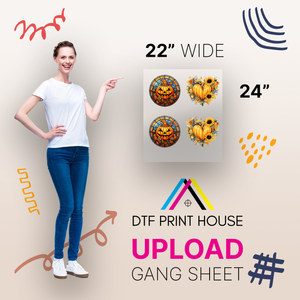 Vendor:DTF Print House
Vendor:DTF Print House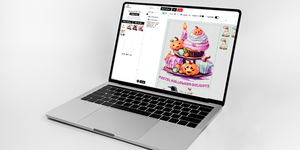 Vendor:DTF Print House
Vendor:DTF Print House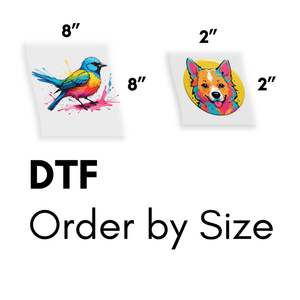
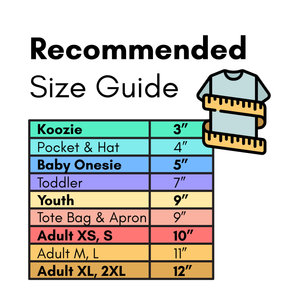 Vendor:DTF Print House
Vendor:DTF Print House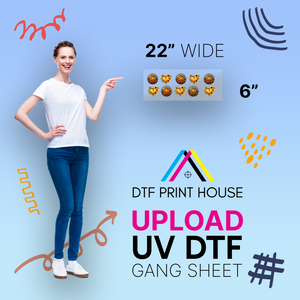
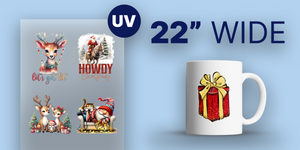 Vendor:DTF Print House
Vendor:DTF Print House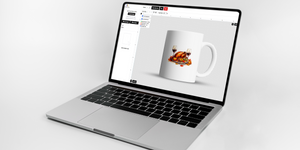 Vendor:DTF Print House
Vendor:DTF Print House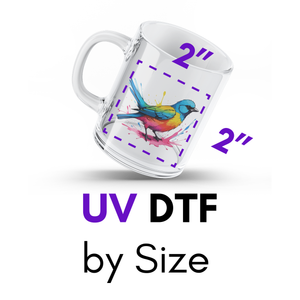 Vendor:DTF Print House
Vendor:DTF Print House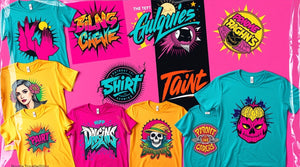 Vendor:DTF Print House
Vendor:DTF Print House Vendor:DTF Print House
Vendor:DTF Print House









